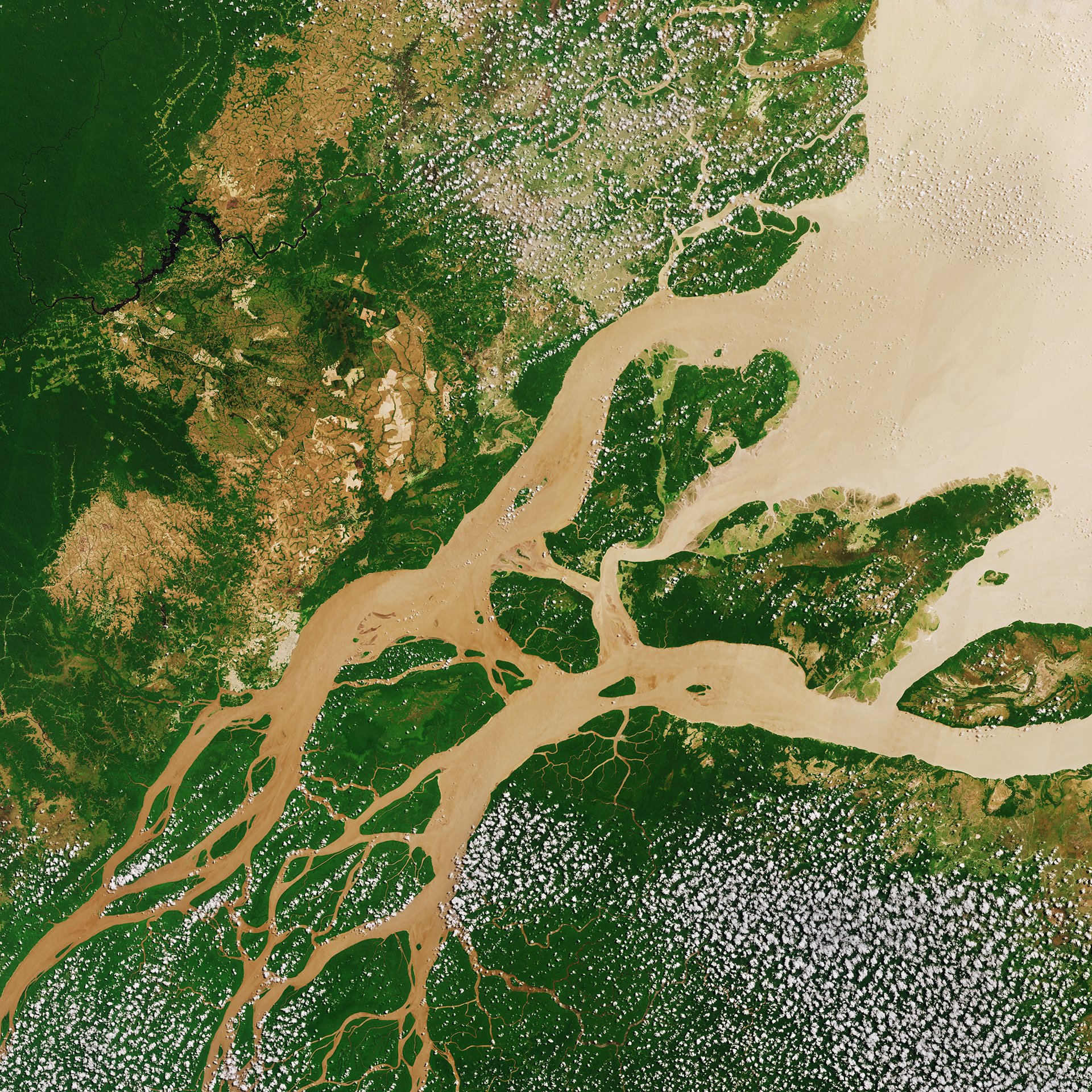Lula's victory could reverse the trend of Amazon deforestation
On Oct. 30, 2022, Brazilian President Jair Bolsonaro was ousted by candidate and former president Luiz Inácio Lula da Silva in one of the narrowest races in the country’s history, Bloomberg reported. The election has attracted widespread attention from the environmental community — including lobbyists, politicians and activists — given Bolsonaro’s notorious role in the deforestation of the Amazon rainforest, International Business Times said. Lula’s election has thus led to tentative hopes for a future of stronger conservation policy in the country.
Nasa’s New Tools Could Help Track Forest Fires
by Dnyaneshwari Haware ’23
Staff Writer
Forest fires have become the most prevalent environmental disaster in both North and South America in recent years. Forest fires on the West Coast of the United States and in the Amazon in Brazil have engulfed acres of flora- and fauna-filled land, illustrating the urgent need for a solution. NASA, along with researchers from the University of California Irvine, has observed this phenomenon and developed a new set of fire analysis tools. The Amazon Dashboard fire monitoring tool will help governments, scientists and other parties decipher the types of fires burning, why they are burning and the chances that they will damage rainforests.
The NASA-developed tool is satellite-driven, web-based and can almost instantly categorize fires as one of the following: deforestation, understory fire, small clearing and agricultural fire or savanna/grassland fire. Made available Aug. 19, 2020, it has been deemed useful in not only spotting fires, but also encouraging governments to enforce policies and observe their effectiveness on controlling fires.
In July 2020, the government of Brazil announced a 120-day ban on intentionally setting fires in the Amazon. However, the fire analysis tool indicated there was an increase in fires in deforestation hotspots. The primary cause of these fires was not small farmers using methods like slash-and-burn farming, but rather giant blazes raging over large patches of deforested land.
Researchers have found that increased deforestation in the Amazon coupled with rising temperatures leaves behind dry and highly flammable wood. The majority of deforestation fires are intentionally started as part of a larger process to convert forest lands into use for ranching and agricultural activities. Fires starting in these areas spread further as understory fires by burning the leaf litter and other flammable materials on the forest floor of standing Amazon rainforests. This affects the most vulnerable parts of the rainforest that are not generally used to these fires, thus causing long-term damage. Understory fires could be harder to locate and, thus, spread to large areas. However, tools such as the Moderate Resolution Imaging Spectroradiometer are now being used by researchers to get satellite images through which they can spot increased smoke activity and other indicators of deforestation fires.
Environmental degradation due to prioritizing economic activity in the Amazon has resulted in damage that could be permanent. Technology has provided ways to better understand the sources of fires, but it has also been used to show that the root causes are being ignored.



